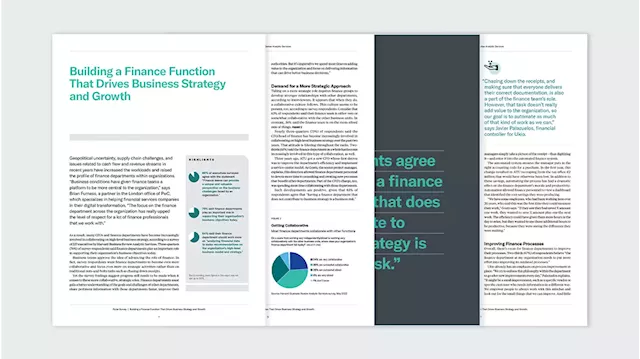Even the most harmonious, well-run family businesses face serious challenges when it comes to developing a strategy that will endure for generations. One of the biggest of these challenges is protecting and growing family-owned assets for future generations. To do that successfully, the owners of family businesses, like any investor, need a diversification strategy.
Ensuring the resilience and longevity of a family-owned enterprise requires a focus at the enterprise level, rather than the business level. I use the term “enterprise” rather than “business” here purposefully, to represent the overall assets of the family , rather than a single operating company. Creating an enterprise strategy requires a focus on growing the overall wealth of the family, rather than on growing a specific business.
In the context of corporate strategy research, conglomerates have often been dismissed as underperformers, when compared to focused companies. According to a, median total returns to shareholders were 7.5% for conglomerates and 11.8% for focused companies. The authors of the McKinsey article state, “the argument that diversification benefits shareholders by reducing volatility was never compelling,” with the rationale being that individual investors can diversify their investments on their own.
Yet, family businesses often favor investing together, rather than having individual family members diversify their own investments. The rationale may be financial or non-financial . Beyond a desire to stick together, it may be difficult for owners to invest individually, due to ownership structures such as trusts or shareholder agreements that constrain the ability for individual owners to exit jointlyheld investments.
Malaysia Malaysia Latest News, Malaysia Malaysia Headlines
Similar News:You can also read news stories similar to this one that we have collected from other news sources.
 Local business owner working to house two families displaced by Ukrainian warLocal business woman sponsors two families who were displaced by Ukrainian war
Local business owner working to house two families displaced by Ukrainian warLocal business woman sponsors two families who were displaced by Ukrainian war
Read more »
 Building a Finance Function That Drives Business Strategy and Growth - SPONSORED CONTENT FROM PAYHAWKSPONSORED: Building a Finance Function That Drives Business Strategy and Growth with PayhawkCom
Building a Finance Function That Drives Business Strategy and Growth - SPONSORED CONTENT FROM PAYHAWKSPONSORED: Building a Finance Function That Drives Business Strategy and Growth with PayhawkCom
Read more »
